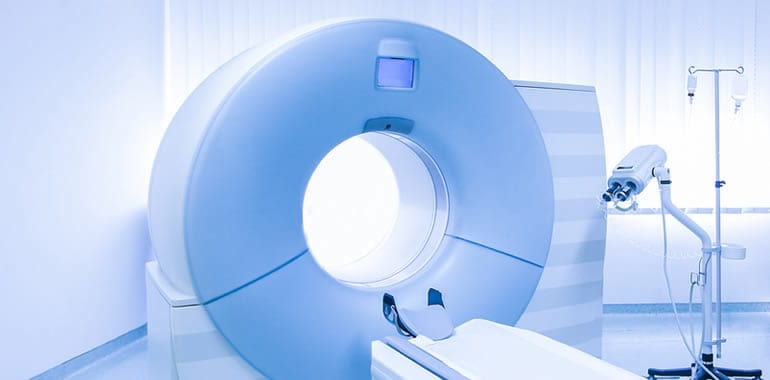
I recently had a new patient start working with me who had low back pain. When he first arrived, he was very frustrated that his doctor had not ordered an MRI.
“How can you know what’s really going on if you don’t have an MRI report to look at?” he asked me.
“My doctor told me that I didn’t need an MRI because it would just show that I had degeneration and he already knows that,” he told me.
Clearly this man was frustrated and you may be too. So, let’s clear up these two question by discussing why doctors are ordering fewer MRI’s for low back pain and what this means for your low back pain.
MRI’s became common in the 1980’s in America. The MRI machine became a tool to be able to “see inside” the patient and find out what was truly going on. This greatly aided diagnosis and treatment because the MRI is able to look at soft tissue structures including muscles, ligaments, tendons, and organs.
Previously, the medical community had only had X-ray which shows any bony issues but does not show soft tissue abnormalities.
The MRI machine became extremely popular because of its ability to accurately show what was going on in INSIDE the person’s body, thus making diagnosis of the issue and treatment much more predictable. What a huge bonus to the medical community and to the patients!
Low back pain has long been a “mystery” to the medical community. It affects 80% of people at some time in their life but it affects people differently. Some people report sharp pain while others have dull pain. Some people have pain with sitting while others have pain with activity.
So, what is really going on inside that low back?
This new tool, the MRI, was put into action to find out the answers. And, it did it’s job. MRI’s found herniated disks, degenerative join disease, arthritis in the spine, torn ligaments, and so many other things. Which all sounded very scary and led many people to have surgery to correct these things.
So, in the 2000’s researchers started wondering “What does a normal, pain free spine look like on MRI?”. They started doing MRI’s on people who had never reported low back pain in their lives.
And, what did they find?
They found herniated disks, degenerative joint disease, arthritis in the spine, torn ligaments, and so many other things.
To be clear, the researchers found the same issues in spines that were pain free as they had in spines that had extreme pain.
What does this mean? It means that if you have an MRI on your spine today you are likely to show some degeneration, possibly a herniated disk, and something might be torn. This is whether or not you currently have pain in your low back.
This is the reason that doctors are hesitant to perform MRI for low back pain. What they find may or may not be what is causing the pain!
MD’s are realizing that it is the “clinical presentation” they need to look at to determine what is causing the pain. So, they send patients to a Physical Therapist to evaluate the patients’ pain reports and correlate them with the clinical signs that the patient presents with.
Physical Therapists listen to what the patient SAYS and tests how the patient MOVES to determine the true root cause of the patients low back pain. Therefore, we do not need an MRI report to show us what is going on inside because the body will tell us during the evaluation.
That’s how I know what is going on without having an MRI report to read. Now, if you have had an MRI, feel free to bring the report along. I am happy to discuss it with you.
However, if you do not have an MRI report and your doctor is not willing to order an MRI – have no fear. We can figure out what is going on and treat you appropriately for the issue you have without the report.
If you have questions regarding your specific low back pain and would like to schedule a free Discovery Visit to learn more about how we can help you, please contact us here.



